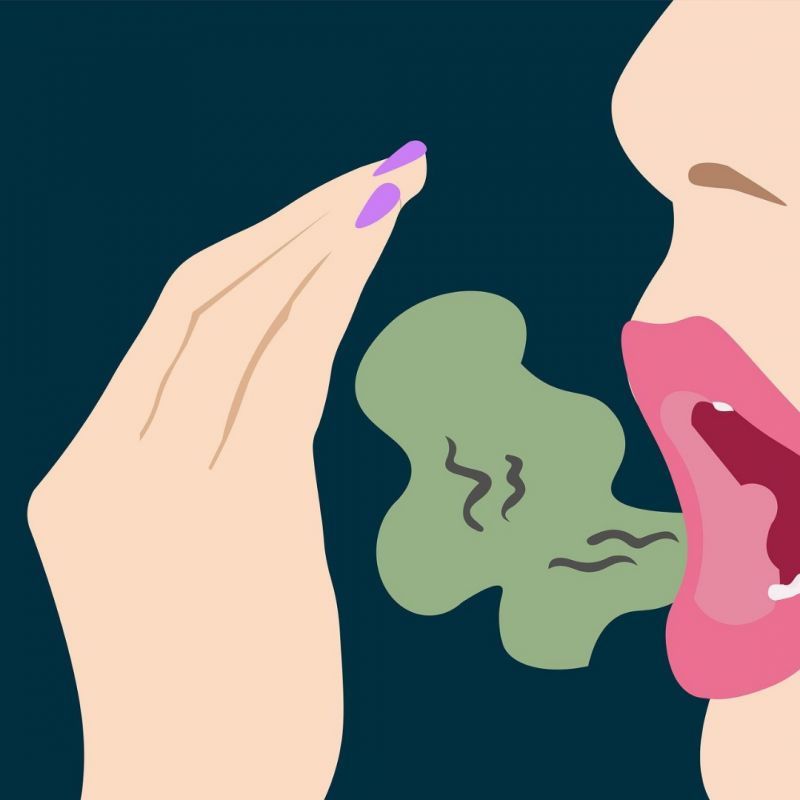Do root canals hurt? Many people have this question on their minds, and it often evokes feelings of unease and worry. In actuality, contemporary dentistry has advanced greatly, and because of developments in anesthetics and technology, root canal pain has drastically decreased. Consider it more of a transient annoyance than chronic pain. Join us on this investigation as we dive into the realm of root canals, dispelling the myths surrounding this frequent dental surgery and learning the truth about it.
In order to comprehend “Do Root Canals Hurt?” Let’s examine root canals in more detail.
Dispelling Myth Surrounding Root Canals
Myth : Root Canals Are Inherently Painful
Contrary to popular belief, the primary goal of a root canal is to alleviate pain, not cause it. With advancements in anesthesia and pain management, contemporary root canal procedures are designed to be virtually painless. We’ll unravel the science behind pain reduction and why associating root canals with agony is a relic of outdated perceptions.
Myth : Root Canals Lead to Health Complications
Some believe that undergoing a root canal can lead to health issues down the road. Let’s dispel this myth by exploring the extensive research and clinical studies that support the safety and efficacy of root canals. Modern dentistry prioritizes your overall well-being, and we’ll delve into how root canals contribute to preserving your oral and systemic health.
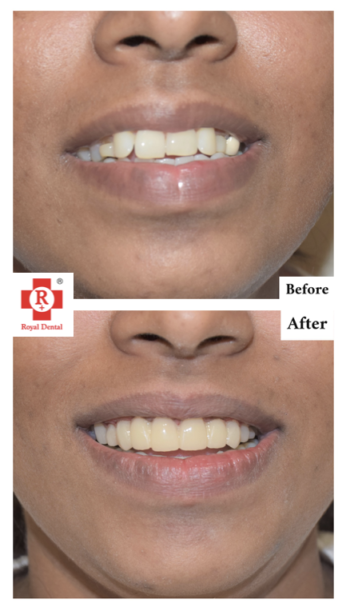
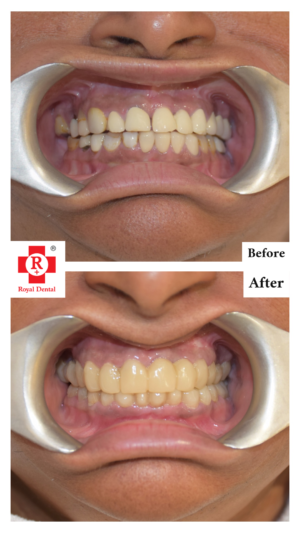
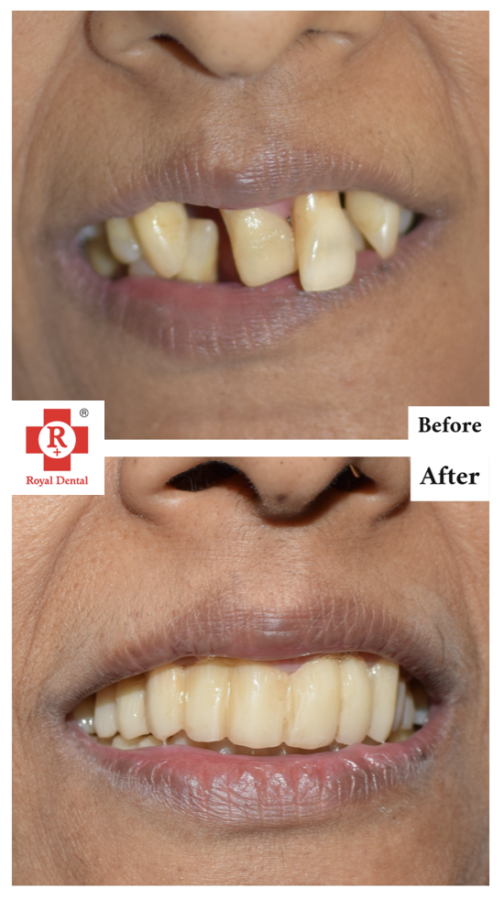
Myth : Root Canals Take an Excessive Amount of Time
Time is a valuable commodity, and the belief that root canals are time-consuming can deter individuals from seeking necessary dental care. Explore how advancements in technology have streamlined the root canal process, making it more efficient without compromising precision. Discover how modern dentistry respects your time while ensuring the thoroughness of the procedure.
Advanced Techniques | Root Canals
Now that we’ve dismantled some common myths, let’s shine a spotlight on the advanced techniques that redefine the root canal experience:
- Precision meets innovation with laser technology, allowing for minimally invasive root canal procedures. Lasers target infected tissue with unparalleled accuracy, reducing discomfort and promoting faster healing.
- Say goodbye to guesswork. Digital imaging provides detailed 3D views of the tooth’s interior, aiding dentists in precise diagnosis and treatment planning. This technology ensures a thorough and effective root canal, leaving no room for uncertainty.
- Traditional root canal tools are evolving. Rotary instruments enhance the efficiency of the procedure, reducing the time spent in the dental chair and enhancing overall patient comfort.
Understand the Root Canal Procedure
A deeper examination of the complex environment within your tooth is necessary before you can begin your journey toward comprehending the root canal process. When the dental pulp—the soft tissue within your tooth—becomes inflamed or infected, a root canal is required. Deep decay, many dental treatments on the same tooth, or trauma can all cause this.
The root canal process involves several meticulously executed steps:
Diagnosis and Assessment: Dr. Chirag Chamria begins by thoroughly examining the tooth and utilizing advanced diagnostic tools like digital imaging to assess the extent of damage. This step is crucial for developing a precise treatment plan.
Local Anesthesia Administration: Before initiating the procedure, local anesthesia is administered to ensure you are completely numb and comfortable. This step is integral to the patient’s experience, and Dr. Chamria prioritizes the use of the latest anesthetic techniques to minimize any sensation during the root canal.
Isolation of the Tooth: To maintain a sterile environment and prevent contamination, the tooth is isolated using a rubber dam. This ensures that the treatment area remains free from saliva and bacteria, enhancing the overall effectiveness of the procedure.
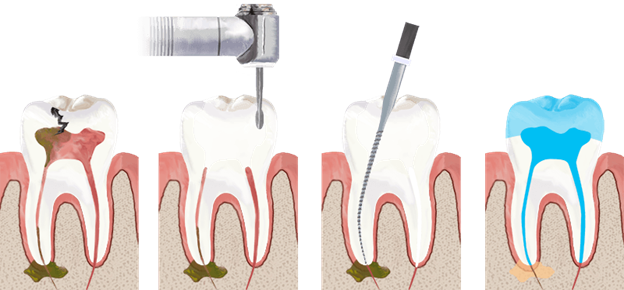
Few more steps in root canal process involves:
Access Opening: A small access opening is created on the tooth’s surface to reach the pulp chamber. This step allows precise access to the infected or damaged pulp, setting the stage for thorough cleaning and disinfection.
Cleaning and Shaping: The infected pulp is carefully removed, and the root canals are cleaned and shaped using specialized instruments. Dr. Chamria employs cutting-edge rotary instruments and irrigation techniques to ensure optimal cleanliness and shaping, vital for the success of the procedure.
Medication and Filling: Once cleaned, the root canals are filled with a biocompatible material, and medication may be applied to eliminate any remaining bacteria. This seals the canals, preventing future infections and reinforcing the tooth’s structural integrity.
Restoration: To complete the process, a temporary or permanent restoration is placed on the tooth, depending on the individual case. This restoration ensures that the tooth can resume its normal function and appearance.
Dr. Chirag Chamria’s Approach | Pain Management during Procedure
Dr. Chamria is aware that a major worry for many patients having a root canal is their dread of pain. His method of managing pain is distinguished by accuracy, sensitivity, and a dedication to making the process nearly painless. Dr. Chamria tailors the administration of local anesthesia to the unique needs of each patient. By employing customised protocols, he maximises the effectiveness of pain relief while minimising any associated discomfort.
Open and transparent communication is a cornerstone of Dr. Chamria’s practice. Before initiating the root canal, he takes the time to discuss the anesthesia process with patients, addressing any concerns and ensuring they feel informed and empowered throughout the procedure.
Role of Anesthesia in Minimising Discomfort
Making sure the patient is as comfortable as possible throughout the root canal process is mostly dependent on anesthesia. In order to attain the best outcomes, Dr. Chamria uses the most recent developments in dental anesthesia:
- Local Anesthesia: The use of local anesthesia is fundamental to numbing the specific area being treated. Dr. Chamria employs precise injection techniques to minimize any discomfort associated with the administration of anesthesia.
- Topical Anesthetics: Before administering local anesthesia, a topical anesthetic may be applied to numb the surface of the gum, ensuring a more comfortable injection process.
- Patient Monitoring: Throughout the procedure, Dr. Chamria closely monitors the patient’s comfort level, making adjustments to anesthesia as needed. This personalized approach ensures that patients remain relaxed and pain-free during every stage of the root canal.
Pain Management in Dentistry | Do Root Canals Hurt?
In dentistry, the field of pain management has changed dramatically over the years, with new methods designed to make procedures almost painless for patients. This section explores the most recent developments that support efficient pain management:
Modern dentistry recognizes the importance of preemptive analgesia, aiming to intervene before the onset of pain. This approach involves administering pain relief measures before a dental procedure, creating a foundation for a more comfortable experience.
Traditional syringes are giving way to computerized anesthesia delivery systems. These systems control the flow and pressure of anesthesia, ensuring a precise and controlled administration. This not only enhances the patient’s comfort but also contributes to the overall efficiency of pain management.
Topical anesthetics applied to the injection site have seen advancements in formulations, improving their efficacy in numbing the surface tissues. This step, often employed by dentists prior to administering local anesthesia, contributes to a more comfortable injection experience.
Anesthesia Options and Their Effectiveness
- Local anesthesia remains a cornerstone of pain management in dentistry. Dr. Chamria employs local anesthesia to numb specific areas, ensuring that patients are comfortable and pain-free during various dental procedures.
- Nitrous oxide, commonly known as laughing gas, is a sedative used to induce a state of relaxation. Dr. Chamria may incorporate nitrous oxide for patients experiencing anxiety, creating a calm and pain-free environment.
- For patients with heightened anxiety, conscious sedation may be an option. This involves administering medication to induce a relaxed state while the patient remains conscious and responsive. It is particularly beneficial for longer or more complex procedures.
Conclusion
Ultimately, the question “Do Root Canals Hurt?” is answered with perceptive investigation. With the support of state-of-the-art equipment, Dr. Chirag Chamria’s dedication to painless dentistry confirms the potential of a peaceful trip. As readers make decisions about their oral health, it becomes increasingly important to empower them through educated choices and communication. You may accept root canal therapy as a painless step toward keeping your smile intact rather than fearing it. Put your dental health first, have faith in contemporary dentistry, and let the discomfort issue to fade into the past.


